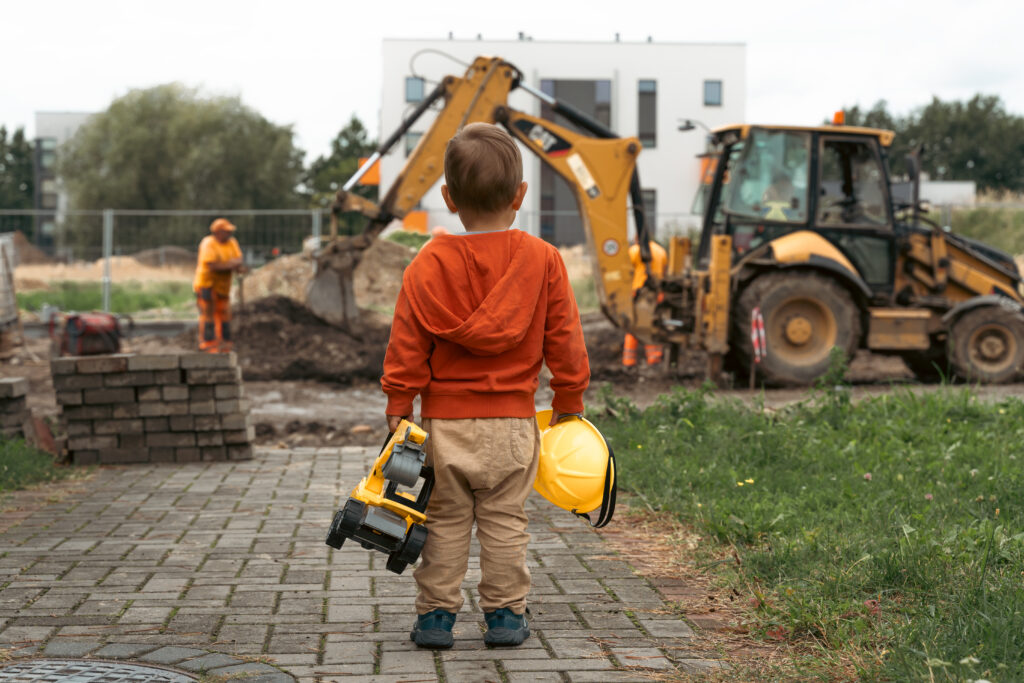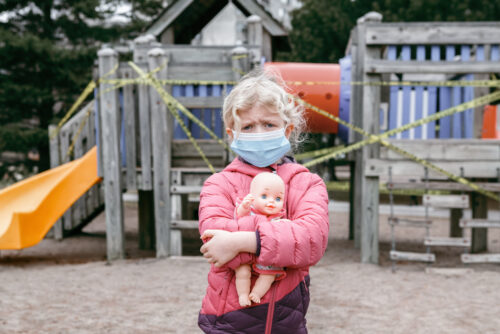Here’s a career education framework spanning early childhood to high school that donors can use to guide their financial support for these programs.
Young people receive little information on potential careers from America’s K–12 schools. Nor do schools typically provide them with work experiences to help them understand practical pathways to jobs and careers. Yet practical experience and career preparation rank very high on the list of what people want from schools. There is a disconnect between what schools provide and what Americans, including young people, want them to offer.
For example, Populace reports that Americans’ top priority for K–12 schools is for them to provide young people with practical skills. These skills include problem solving, decision making, demonstrating character, and doing basic reading, writing, and arithmetic. But only one in four Americans says schools do this successfully. Similarly, an ECMC Group survey reports that Gen Z high schoolers want practical knowledge, skills, and career guidance that is linked with career paths and more training. (These high schoolers also are skeptical about a college degree’s value, which suggests that they aren’t confident about what steps to take to pursue success.)
A related and recurring theme that emerges from polling young people is how little information they receive, especially from K–12 schools, on practical pathways to opportunity. A Morning Consult poll reports that less than half of Gen Z high schoolers say they had enough information to decide the best career or education pathway for them after high school. And two-thirds of high schoolers and graduates say they would have benefited from more career exploration in middle or high school.
The gap between what students want and need from schools and what schools provide when it comes to career preparation has consequences. Students often struggle in the transition from school to work and receive lower wages when they begin work. It’s high time schools strategically invested in career education.
A Path Towards Opportunity in Career Education
To begin with, schools need formal career education programs from a child’s earliest years to provide young people with opportunities to integrate classroom learning with information and practical learning on careers and work. As students get older, this includes internships and apprenticeships—both of which benefit young people. An effective career education program ensures that when young people complete high school they have clear career aspirations and can continue acquiring the knowledge, skills, and relationships they need to reach their potential.
Consider, for instance, the United States Youth Development Study, which follows those born in the mid-1970s to age 30. It finds a positive relationship between those who worked part time at ages 14 and 15 and those likely to agree at age 30 that they hold a job they want. It seems almost undeniable that greater exposure to the workplace better equips students to prepare for the type of career that suits them.
Current school career pathways programs show how schools in the United States are developing career education following this insight. They are typically middle and high school programs that engage young people in education, training, and work by connecting them with local employers. They include personal and career support services, like job placement. Finally, they build strong relationships with adult mentors. An earlier piece I wrote for Philanthropy Daily provides multiple examples of these programs as well as five of their features.
In developing career education programs, it is most useful to group educational activities into three sequential but overlapping categories: exposure, exploration, and experience. This framework comes from the international 38-member Organization for Economic Cooperation and Development, which has documented approaches and proposed this three-fold approach to career education:
- Exposure activities introduce jobs and careers to children and young people. These begin in preschool and can include, for example, visits from those who work in different jobs and reading books or telling stories about jobs and careers. Exposure also entails age-appropriate outside-the-school experiences like workplace visits as young people move through elementary, middle, and high school.
- Exploration activities involve investigating work through in-depth research on (and evaluation of) specific occupations. This can include activities like volunteer work, job shadowing, resume development, and mock job interviews. These experiences typically begin in middle school and continue through high school.
- Experience activities include work-based learning, in which young people engage in sustained and supervised projects and mentorships. This can take the form of unpaid internships and paid apprenticeships. These experiences are an options multiplier, creating bridges to other opportunities that lead to full-time jobs, more education, or both.
There are many benefits to career education programs that feature activities involving exposure, exploration, and experience. They nurture both the technical and material aspects of success and its relational dimensions, including creating social networks for young people. They foster young people’s capacity to aspire, create, and navigate the pathways that make a reality of their ambitions. They also help young people develop an occupational identity and vocational self, which gives them a better sense of their values and abilities. On a practical level, they create faster and cheaper pathways to jobs and careers. Finally, they foster local civic engagement from employers and other community partners.
These programs are also much more than high school internships and apprenticeships. They expose young people to jobs and careers from their earliest experiences with the education system, building on that exposure so they explore and experience different jobs and careers as they pass through the K–12 system.
Purposeful career education develops a young person’s capacity to navigate the pathways they must follow to reach their potential and succeed and flourish as adults. Schools are beginning to respond to the groundswell of demand for these programs. But genuine change requires real investment. In our rapidly shifting education landscape, donors would do well to use this framework to guide their financial support for career education and pathways programs.
Bruno V. Manno is senior advisor for the Walton Family Foundation’s education program and former United States Assistant Secretary of Education.






